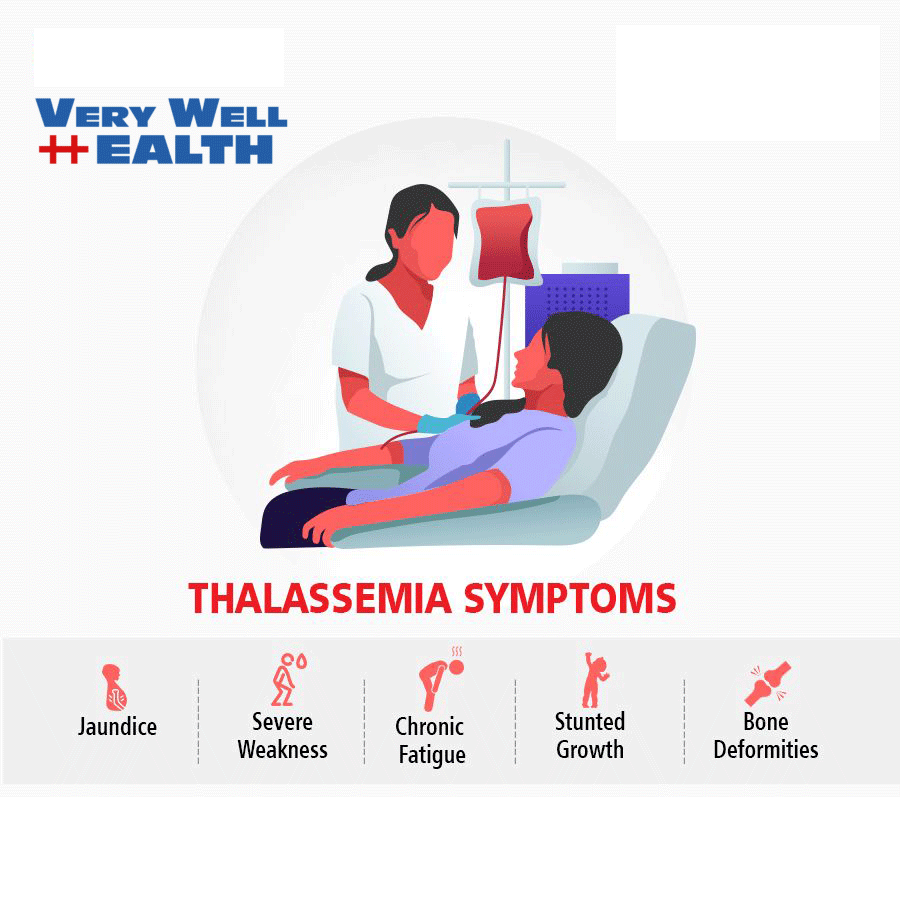Thalassemia is a blood disease which may not cause severe health problems but it can be a handicap and needs lifelong treatment. The new research has established ways that this condition impacts people across the globe including the need for early diagnosis as well as development of appropriate management care plans and stuporous care.
A Guide to Thalassemia Disorder
Thalassemia disorder is also a hereditary blood disorder characterized by the decrease in the amount of hemoglobin produced by the body a protein that is contained in red blood cells. It brings oxygen to all body tissues since lower levels of hemoglobin translate into serious health problems. Looking from the genetic point of view it is a hereditary disease which means that from parent to child it is inherited. Thalassemia has two subtypes: alpha and beta, and the effects of these subtypes on the human body are different.
Types of Thalassemia
Alpha Thalassemia
This type arises when there is a problem with alpha-globin gene in that it is either mutated or deleted in producing hemoglobin.
Beta Thalassemia
Beta thalassemia occurs due to a mutation in the beta globin gene; patients mostly get sicker and require more aggressive treatment.
Signs & Symptoms of Thalassemia Disorder
Common manifestations of thalassemia depend on the type and degree of the ailment in the patient. Common symptoms include:
Fatigue: Low levels of haemoglobin reduce the amount of oxygen and therefore causes continuous fatigue.
Pale or Yellowish Skin: Anemia will make the skin pale, and liver complications will cause jaundice.
Bone Deformities: These cells are the red blood cells, and when there are not enough of them, the bone marrow must try to accommodate and this causes distortions on the body.
Delayed Growth in Children: Children with thalassemia may also have growth retardation associated with anemia and low levels of oxygen.
Dark Urine: Hemolysis – the rapid destruction of red blood cells – can be responsible for dark-coloured urine.
Effects of Thalassemia on physical well being
Anemia and Fatigue
Those with thalassemia disorder get to experience chronic anemia most of the time. Anemia results in persistent fatigue affecting daily life as well as work productivity and emotions.
Organ Damage
When the body is deficient of hemoglobin, the organs are unable to receive appropriate amounts of oxygen. This results in a shortage of blood supply to other organs of the body returns to organs like the heart and liver causing ailments such as heart disease and liver damage, if the treatment for the disorder is not well handled.
Weak Immune System
Thalassemia also affects the immune system making people with this disease prone to infections. Good immunizations, healthy eating habits, and disease check canal help in building up immune responses.
Social Effectiveness
By definition, diseases with a chance of being lifelong are difficult to manage emotionally. Among the well-documented complications, the thalassemia disorder patients become a subject of depression, anxiety, and stress owing to the long-time medical needs. Counselling and mental health intervention are crucial components of ones family being able to provide and support him or her personal healthy status.
Thalassemia – its Current & future Treatment
Advancements in the treatment and management of thalassemia disorder
Gene Therapy
New research reveal how with today’s advancement gene therapy is now feasible, and promising treatment or cure for people with thalassemia. The causes of thalassemia are in the form of defective genes and gene therapy seeks to correct or replace such genes so that people with thalassemia may not need to take blood transfusions.
CRISPR Technology
One of the landmark gene-editing procedures, CRISPR expects to bring in favorable outcomes. Hoping to minimize the manifestations of the disease and enhance the quality of life, scientists, gene deletions for thalassemia have been altered.
Improved Blood Transfusion Protocols
Indeed, changes in blood transfusion management have continued to progress. The data suggest that extended transfusion interval had reduced frequency of chelating therapy and brought about improvement in the pro-inflammatory state and reduced liver complications for individual patients.
Iron Chelation Therapy
Transfused people get the Iron Chelation Therapy so as to filter extra iron from the body whenever they need frequent blood plasma. New medications presented in 2024 supply softer means for regulating iron levels, thus minimizing the chance of organ damage.
Bone Marrow Transplants
While elaborate, bone marrow transplants are less of a fantasy and more of a reality for owners of those horrible diseases that endanger people with severe thalassemia. On 2024, scientists and health care practitioners have improved the procedures of transplants hence resulting to better results.
Living with Thalassemia on a Daily Basis
Thalassemia is a condition that turns a persons health care into a job. The following practices help reduce complications
Regular Check-ups
Patients with sickle cell anemia should periodically have his/her hemoglobin and iron checked; they can easily develop complications.
Balanced Diet
It also determines how the body will produce and use energy, the strength of the immune system and the body’s overall metabolism.
Exercise
Precise amount of exercise and activity in some cases is good for the heart but light to moderate exercise is also good in maintaining muscular strength and again one may need a doctor to advise more.
Stress Management
Psycho-emotional stress treatment is possible with the help of mindfulness techniques, meditation, and counseling in case of chronic illness.
Thalassemia patients management in the long-term
Due to early detection and better and appropriate management strategies, patients with thalassemia disorder can live productive lives. The recent works of 2024 in the field maintain that the improved technology in genetic medicine or gene hosts could lessen the effects and possibly eradicate thalassemia in the future.



